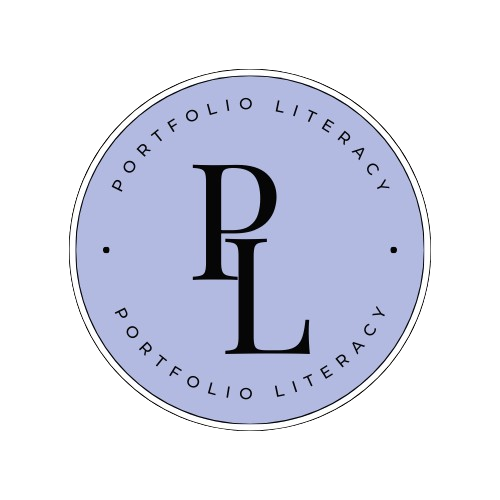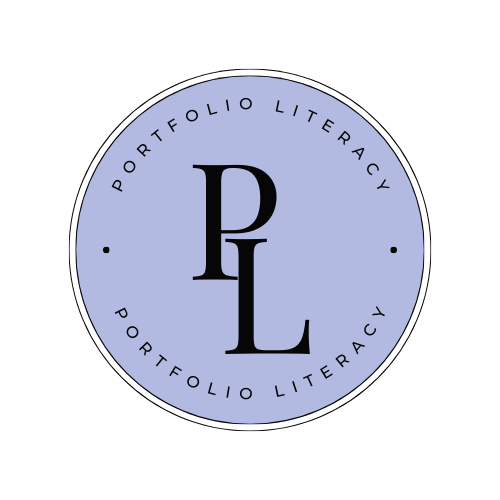
Portfolio Literacy is dedicated to transparency and promoting free financial literacy for everyone. Here are Portfolio Literacy’s latest blog posts. If you are looking for specific topics, the categories are at the bottom of this page.
-
Diversifying Return Drivers: How Institutional Portfolios Are Actually Built
Learn how real portfolios diversify return drivers, not tickers, by combining growth, cash flow, inflation protection, and optionality to stay invested across cycles.
-
Why Exposure to Private Markets Provides Better Portfolio Performance
Investing in private markets can significantly enhance your portfolio performance. Private markets offer diversification and can provide resilience during market downturns. By allocating assets into private equity, private debt, and real estate, you tap into sources of return less correlated to the public markets. Exposure to private markets enables you to optimize performance while managing…
-
Portfolio Update: November 30th, 2025
Since my last update back in September, I have simplified my equity positions, added a little exposure to Bitcoin when it fell below $100K, began building a sizeable position in a SaaS company, and became a licensed CPA. My updated portfolio is below. Portfolio Allocation: Cash & Equivalents (38.5%): Cash & 1-month US Treasuries Debt…
-
How to Reach a 100K Net Worth by Age 25
Hitting a six‑figure net worth by your mid‑twenties is a milestone that inspires both admiration and skepticism. While headlines trumpet twenty‑somethings with $100,000 portfolios, the reality is that most young adults are nowhere near that level of wealth. The U.S. Census Bureau’s Survey of Income and Program Participation shows that the median net worth for…
-
How to Diversify with Global Investment Strategies
For decades, U.S. equities have been the backbone of many investors’ portfolios. The S&P 500, with its concentration of innovative companies and deep liquidity, has often outperformed international peers. But in 2025, the narrative has begun to shift. With the U.S. dollar declining in value this year and foreign stock markets outperforming on a dollar-adjusted…
-
Should I Add Bitcoin to My Portfolio?
“Should I own some bitcoin?” has quietly become one of the most common portfolio questions of the last few years. To answer it well, you don’t need tribalism or memes, you need a clear understanding of what cryptocurrency is, what makes Bitcoin different, how it can (and can’t) help a diversified portfolio, and what risks…
-
Building a 50/30/20 Portfolio as a Boglehead Investor
One of the most common frameworks in personal finance is the 50/30/20 budget rule: 50% of income goes toward needs, 30% toward wants, and 20% toward savings. But what if you flipped that logic and used it as a way to structure your investment portfolio? That’s where the 50/30/20 portfolio comes in. As a Boglehead-style…
-
The Growing Opportunities for Retail Investors in Alternative Investing
Alternative investing has long been the domain of large institutions and high-net-worth individuals. Family offices, pension funds, endowments, and sovereign wealth funds have relied on these asset classes for decades to diversify portfolios and capture returns that don’t move in lockstep with public equities or bonds. For average retail investors access to alternatives has been…
-
Bogleheads’ Investment Simplicity: The Three-Fund Portfolio Model Explained
Investing strategies often become mired in complexity, but the Bogleheads champion a philosophy that prizes simplicity and efficiency. The Bogleheads, a group inspired by Vanguard founder Jack Bogle, advocate for an investment approach that is accessible to everyone—not just financial experts. Central to their philosophy is the three-fund portfolio model, a strategy that simplifies investing…
-
Required Rate of Return Calculator
Required Rate of Return Calculator Required Rate of Return Calculator Enter your current principal, contribution plan, and time frame. Pick a goal (or type your own), and we’ll compute the annual return you’d need to hit it. Choose Target Value $100K $500K $1M $10M Custom Tip: Select a preset or choose “Custom” and type any…
